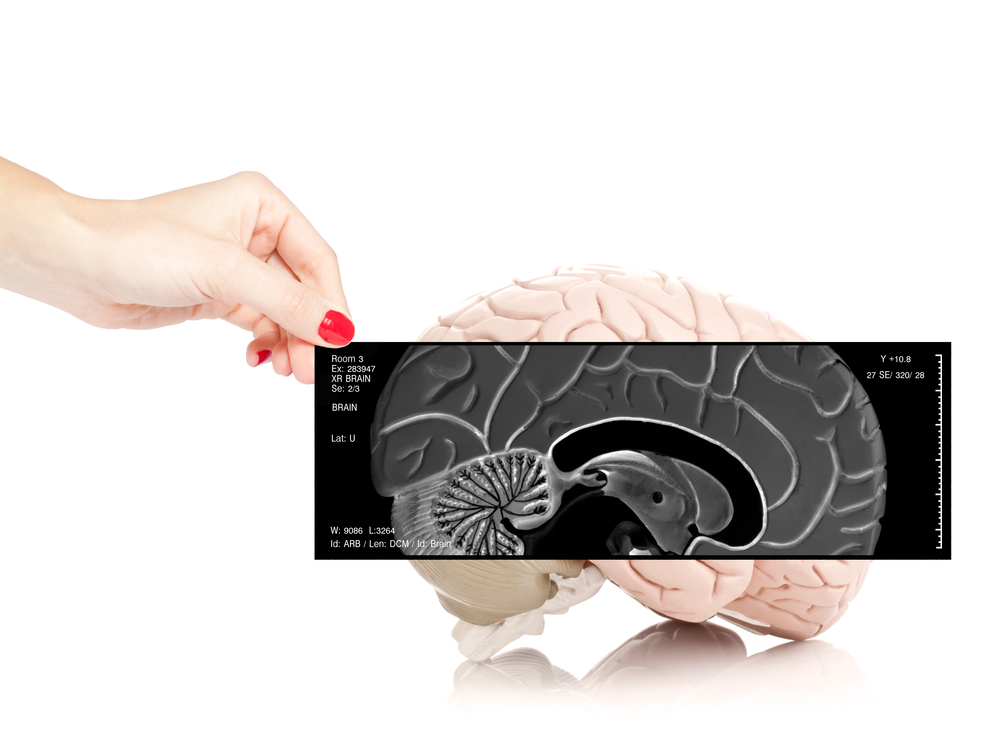New ‘Brain Atlas’ To Focus On Inter-Relationship Between Anatomy And Physiology

Deciphering the complex connections and neural networks of the brain is a herculean task. The brain is made of grey and white matter – the former consisting of neuronal cell bodies associated with receipt of sensory information from all major organs of the body aiding in vital processes like muscle movement, sight, hearing, emotional expressions, decision making and self control, while the latter is made of mostly myelinated axon tracts and connects the various regions and components of the grey matter together. Around 20% of the total energy consumed by humans is utilized by the brain to carry out these vital functions.
Recent studies conducted on the functional diversities of the brain have shed new light on the perception of all brain functions along with the causes behind major brain and neurological disorders, which had been a mystery so far. In a novel study, titled “A novel brain partition highlights the modular skeleton shared by structure and function“ published in the journal Scientific Reports, led by Jesús M. Cortés, an Ikerbasque lecturer at the Biocruces Institute for Healthcare Research and an academic collaborator in the Department of Cell Biology and Histology of the UPV/EHU-University of the Basque Country, researchers have produced breakthrough data concerning the interrelationship between the anatomy and physiology of the brain.
Studies were completed with the help of cutting-edge techniques involving neuroscience, image processing and network theory have made it possible to view the brain partitioned in the mode of an ‘atlas’, to help understand the structural networks and their association with the functionalities and final outputs delivered. Validated by data obtained from other subjects in different MRI equipments, this robust system is the first-of-its-kind.
Brain disorders, ranging from structural irregularities (like head injuries or neurodegenerative diseases such as Alzhiemer’s or Parkinson’s), functional abnormalities (a simple headache, a migraine or an epileptic fit), or even those where structural damage leads to a functional loss (the loss of fibres in Alzheimer’s causes memory loss), all demand a close study of the brain’s structure-function relationship.
Researchers are currently investigating regional diversities and their effect on brain functions, which will hopefully result in crucial insights on brain disorders.






